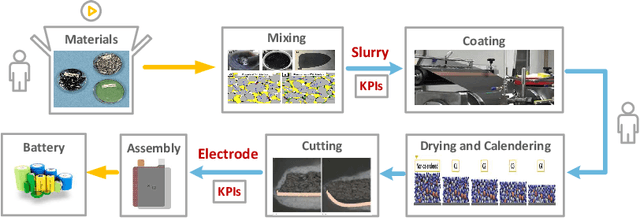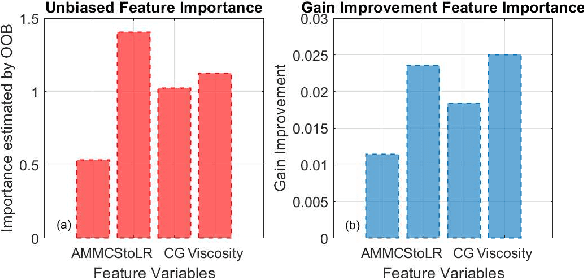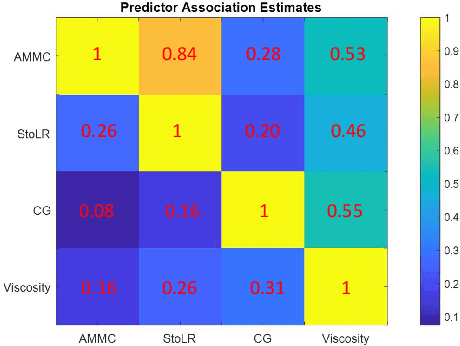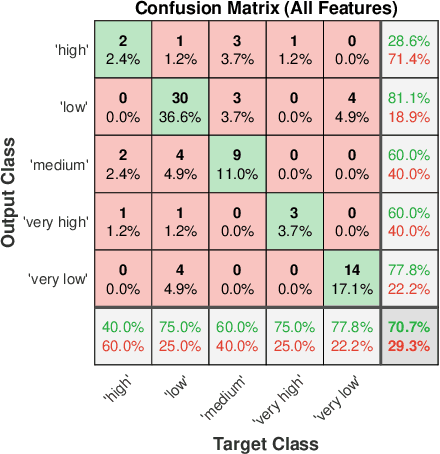W. Dhammika Widanage
Jointly Learning Consistent Causal Abstractions Over Multiple Interventional Distributions
Jan 14, 2023Abstract:An abstraction can be used to relate two structural causal models representing the same system at different levels of resolution. Learning abstractions which guarantee consistency with respect to interventional distributions would allow one to jointly reason about evidence across multiple levels of granularity while respecting the underlying cause-effect relationships. In this paper, we introduce a first framework for causal abstraction learning between SCMs based on the formalization of abstraction recently proposed by Rischel (2020). Based on that, we propose a differentiable programming solution that jointly solves a number of combinatorial sub-problems, and we study its performance and benefits against independent and sequential approaches on synthetic settings and on a challenging real-world problem related to electric vehicle battery manufacturing.
Feature Analyses and Modelling of Lithium-ion Batteries Manufacturing based on Random Forest Classification
Feb 10, 2021



Abstract:Lithium-ion battery manufacturing is a highly complicated process with strongly coupled feature interdependencies, a feasible solution that can analyse feature variables within manufacturing chain and achieve reliable classification is thus urgently needed. This article proposes a random forest (RF)-based classification framework, through using the out of bag (OOB) predictions, Gini changes as well as predictive measure of association (PMOA), for effectively quantifying the importance and correlations of battery manufacturing features and their effects on the classification of electrode properties. Battery manufacturing data containing three intermediate product features from the mixing stage and one product parameter from the coating stage are analysed by the designed RF framework to investigate their effects on both the battery electrode active material mass load and porosity. Illustrative results demonstrate that the proposed RF framework not only achieves the reliable classification of electrode properties but also leads to the effective quantification of both manufacturing feature importance and correlations. This is the first time to design a systematic RF framework for simultaneously quantifying battery production feature importance and correlations by three various quantitative indicators including the unbiased feature importance (FI), gain improvement FI and PMOA, paving a promising solution to reduce model dimension and conduct efficient sensitivity analysis of battery manufacturing.
 Add to Chrome
Add to Chrome Add to Firefox
Add to Firefox Add to Edge
Add to Edge